Acid Oceans – Science Bulletins – AMNH
Since the beginning of the industrial revolution a quarter of the carbon that has been released into the atmosphere was absorbed by the oceans. As a result the acidity of the oceans has increased by %30. Increasing acidity makes it corrosive dissolving the calcium shells of marine organisms. Ocean acidification will affect fisheries by disrupting the very base of the food-webs. Sea urchins, hermit crabs, lobsters, coral polyp prefer ocean water with a pH of about 8.2 in order to […]

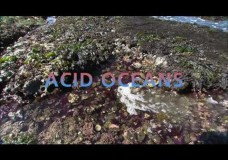

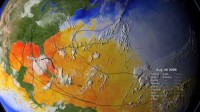
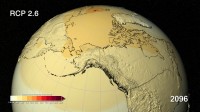
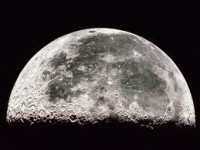
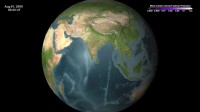
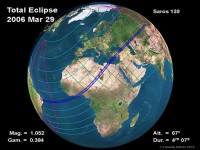
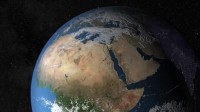

Recent Comments